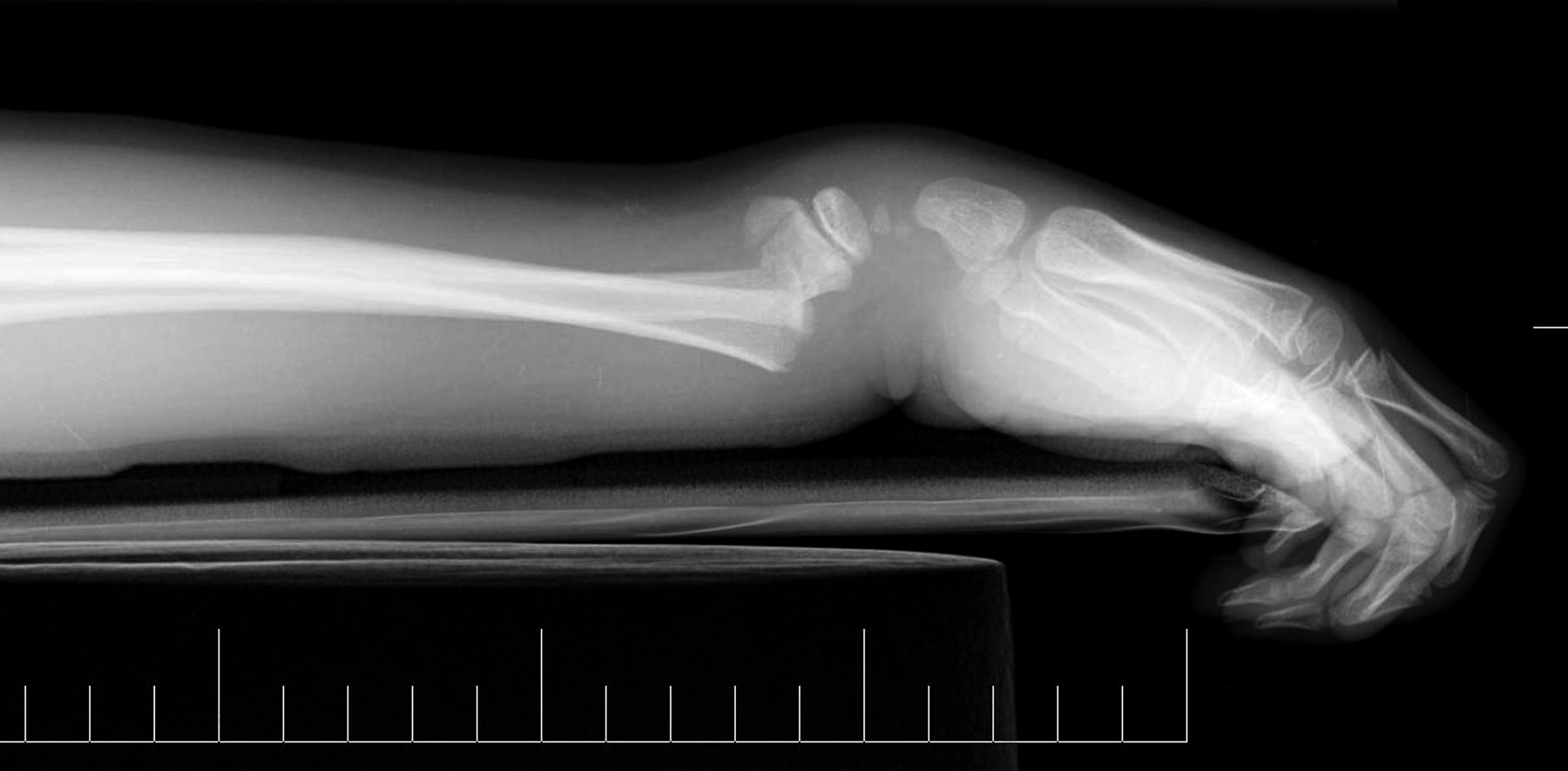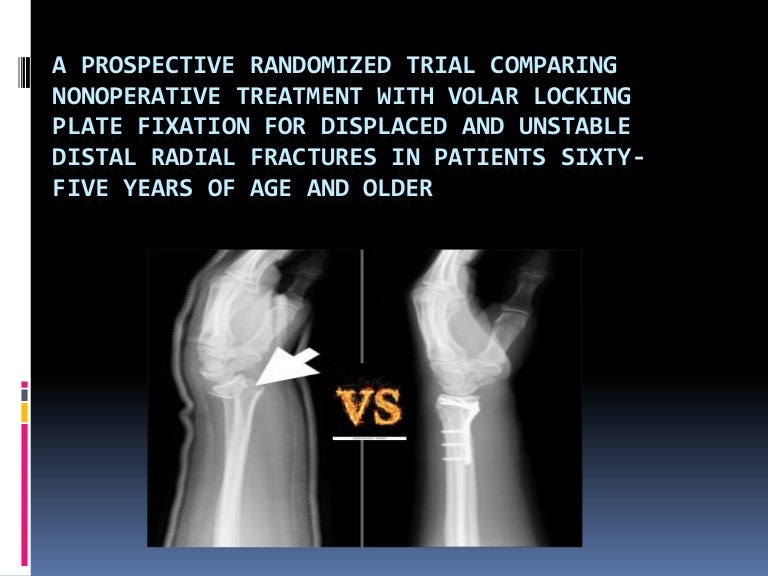
More stable fractures may require less frequent follow-up radiographs over the six to eight weeks required for healing. If the reduction is deemed acceptable, periodic images will be taken to ensure that the position or alignment of the fracture fragments does not change during the early phase of healing.įractures that are felt to be unstable – due to osteoporotic bone or extensive fragmentation – may be vulnerable to "settling" or loss of reduction, and follow-up imaging may be necessitated as often as every week. It is now our practice to recommend to all women over the age of fifty with a fracture of the distal radius that they consider bone densitometry (DEXA) measurement to assess for the presence of osteoporosis.Ī fracture that is displaced, meaning the fracture fragments are out of normal alignment, will require a "reduction," which refers to an attempt to manipulate the fracture fragments back into alignment.

Computed tomography (CT) may be employed on occasion to assess the alignment or fragmentation of the joint surface and, less frequently, magnetic resonance imaging (MRI) may be required to rule out concurrent injuries to ligaments or injuries to other bones in the wrist, such as the scaphoid. Diagnosing distal radius fractures of the wrist: Proper imaging and the Fernandez classificationĪ proper diagnosis begins with proper imaging, including initial and follow-up X-rays and possible advanced 3D imaging. Navigating a patient through a particular treatment plan is a complex task and requires consideration of multiple factors and close attention during the healing phase. Wolfe, Chief Emeritus of the Hand and Upper Extremity Service at HSS. "In general, the less invasive treatment – provided it achieves our goals of satisfactory alignment and stable reduction of the fractured bone fragments – results in a better functional outcome and patient satisfaction," says Dr. Available treatment options depend on the type and severity of the fracture as well as the needs and health of the injured patient, and these options need to be carefully individualized by the treating physician to achieve a satisfactory functional outcome. Many other fracture types exist in addition to these two most common types.
Colles fracture full#
The end closest to the hand ( distal radius) is especially susceptible to breaking, because it composes approximately 80% of the wrist joint surface and bears nearly the full weight load when a person outstretches the hand prevent injury during a fall. It is uniquely designed to allow wrist motion and forearm rotation.

The radius is the larger of the two bones in the forearm which link the hand to the elbow.


 0 kommentar(er)
0 kommentar(er)
